Do you think airlines should paint their logos and colours on their aircraft, or just polish them, using only simple logos and maybe some stripes? Let’s take a look at this old dilemma, and see why paint seems to be more common now, than a generation ago.
A week ago, American Airlines published an article on a change in the paint they use on their aircraft. Basically, they go from what they call ‘mica grey’ to ‘silver eagle’. The latter being a slightly different kind of grey. The airline will do this to their entire fleet. The change will take a long time, of course, since they do it when aircraft go in for their C-check. This is something that, depending on the aircraft, most airlines will do every 5 to 8 years.
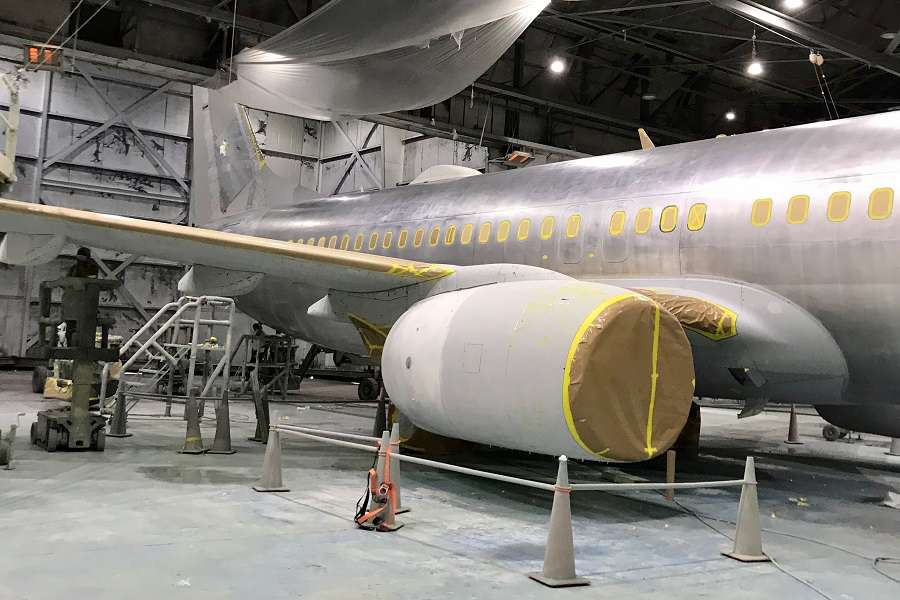
The main reason American is making this change, is weight. The old ‘mica’ paint involves an additional top layer, which gives the aircraft an extra gloss. That’s a nice feature, but according to the airline, it adds 62 pounds (~28kg) to a 737-800. That’s quite a lot, considering that airlines will often obsess about even tiny weight savings. Some airlines have boasted how they saved a couple of kilos by using lighter paper for their in-flight magazines.
Scaling Up Aircraft Paint
Even small changes add up to a lot, when translated to the entire fleet of an airline. And this is what American Airlines explains: they have 262 737-800s, making roughly six flights per day each. By removing 62lbs of paint from each aircraft, they’ll save a total of 300,000 gallons (1.14m liters) of fuel per year!
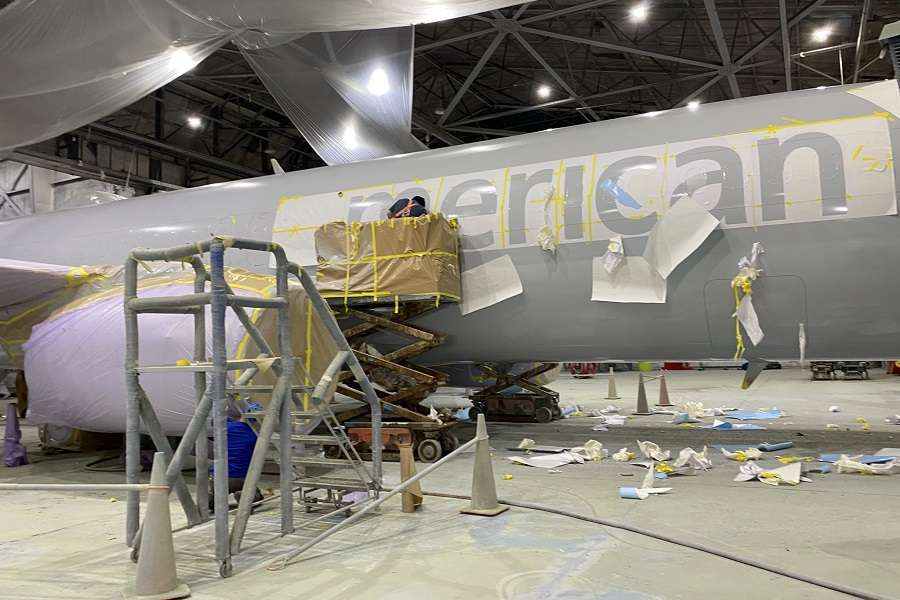
The change also means less time spent making paint repairs on aircraft, after local work. And it will be much easier to match a repainted area or panel, with the rest of the plane. This saves time, and is good practice, for an airline’s image. One less paint layer also means less exposure to chemicals for repair crews.
So, American Airlines are quite happy to specify a different paint for their aircraft, to save 62lbs. But hang on a minute: 62lbs/28kg is the DIFFERENCE from the old paint to the new. It is not the total weight of the paint, on a 737-800. What would that be weight be? And this is quite a reasonable question because it wasn’t this long since American Airlines’ planes were polished!
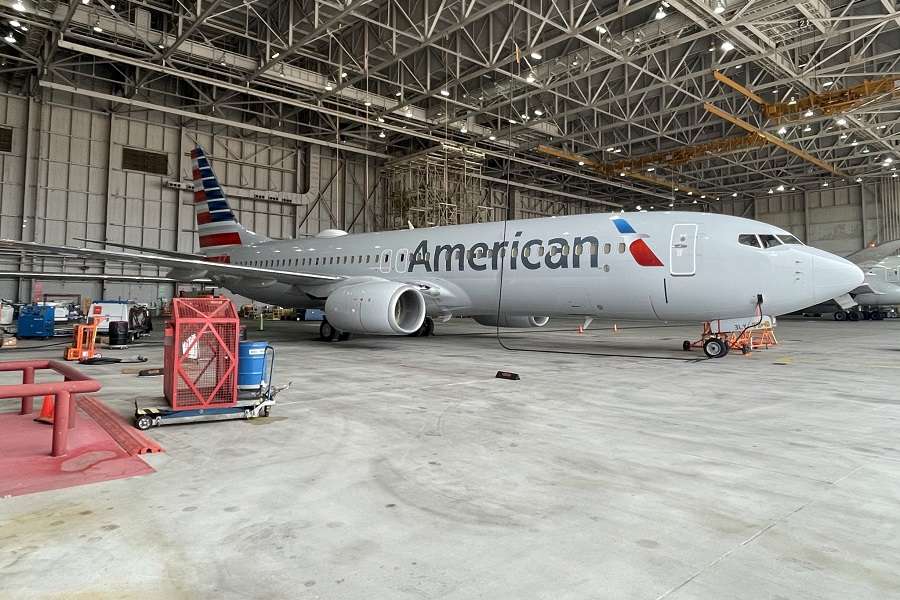
Thankfully we have this information handy, because Boeing has published it. Values are approximate, and don’t cover extra paints with additional layers (like Mica?) but they are still staggering. Boeing gives three weights: a) upper and lower fuselage with markings, b) upper only, and c) polished with painted markings. They offer numbers for different plane models. For this article, we’ll concentrate on the 737-700. Yes, this is a bit smaller than the -800, but that’s what we have.
A Lost Efficiency Opportunity?
So: a fully-painted 737-700 has 179lbs (81.2kg) of paint. Again, this is average weight, for most Boeing customers; American’s ‘Mica-paint’ 737 aircraft might be a bit more. An upper-half only paint job is 130lbs (59kg). Such paint schemes were pretty common until a couple of decades ago. Finally, the much-admired polished finish, with only customer markings, weighs a mere 25lbs (11.3kg).
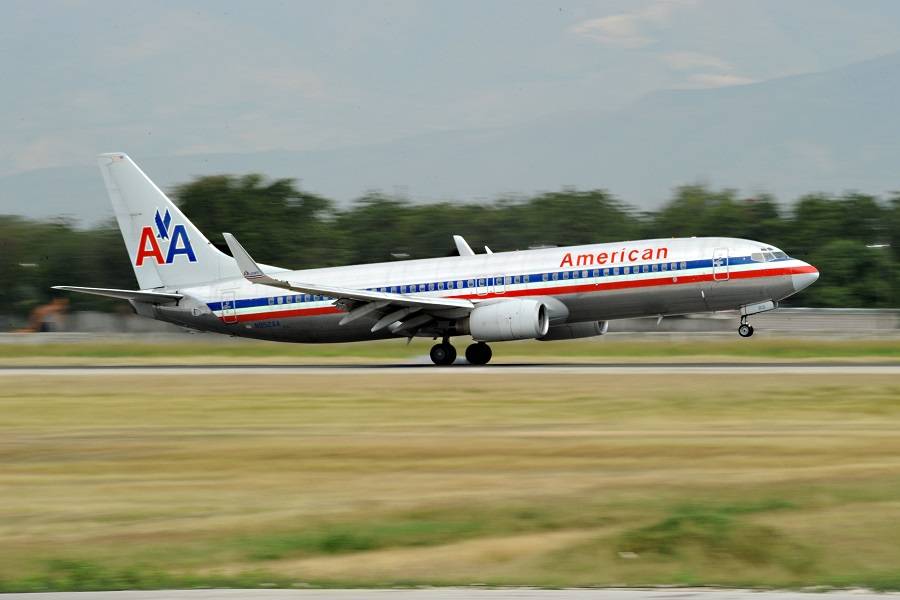
In other words, airlines like American could save 154lbs (69.9kg) by switching from a painted jet, to a polished one! American’s Mica finish could be even heavier, remember. So why then, do airlines paint their aircraft? American Airlines in particular still had their polished finish until around 2013! Why change it? They had kept that design, with relatively minor changes, for literally decades!
The answer, once again is primarily cost. Yes, airlines would save cost in fuel, by removing weight from their aircraft. But, the amount they would save is LESS that the additional cost of having no paint on the same aircraft. That’s right, a polished finish involves higher running costs! But why?
It turns out, when airlines don’t paint their aircraft, they polish them. And they do so not to make them pretty, but because they have to. Airlines need to wash their unpainted aircraft much more often, too. And when they do, they need to inspect them for scratches and any such damage. This is because such damage, if not addressed properly, could lead to corrosion.
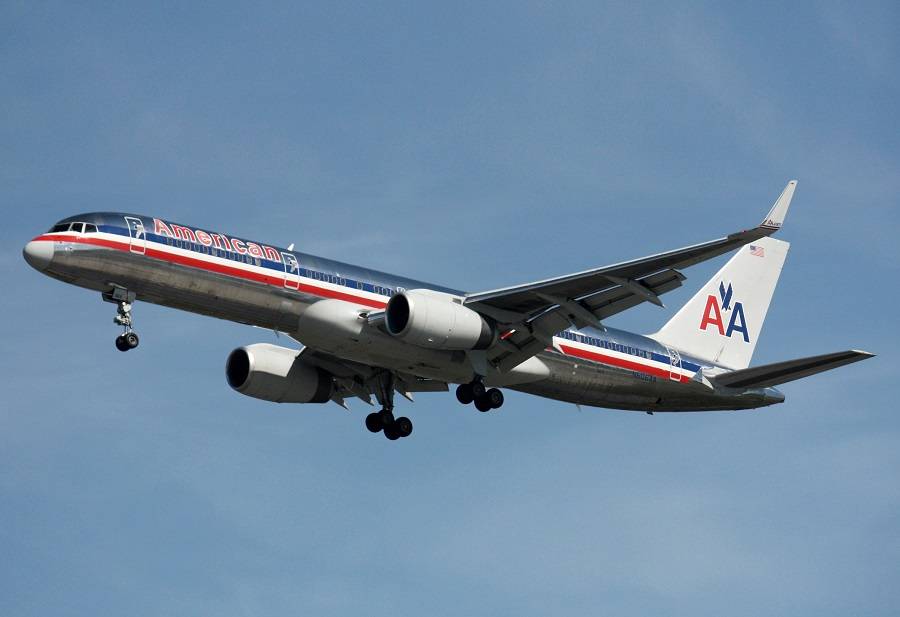
Aircraft Paint, Polishing And Maintenance
Aircraft that sport paint all over them also need maintenance, washing and corrosion inspections, of course. But they do so much less often, on all counts. Detailed work on paint can wait until a C-check, which is when airlines would repaint those jets anyway. For generic (=white) paint schemes, even during a C-check an airline could just ‘scuff-sand’ existing paint and add another top layer. No big deal.
On the contrary, an aircraft with no paint requires polishing (=buffing) up to three times a year. This obviously requires some specialized staff. It also takes time, that the plane needs to spend NOT flying paying passengers. The only positive, there, for polishing, is that other work can be done on the aircraft at the same time. This doesn’t apply for painting, for sure. But painting only happens once every 4-5 years at the most, not 3 times every year!
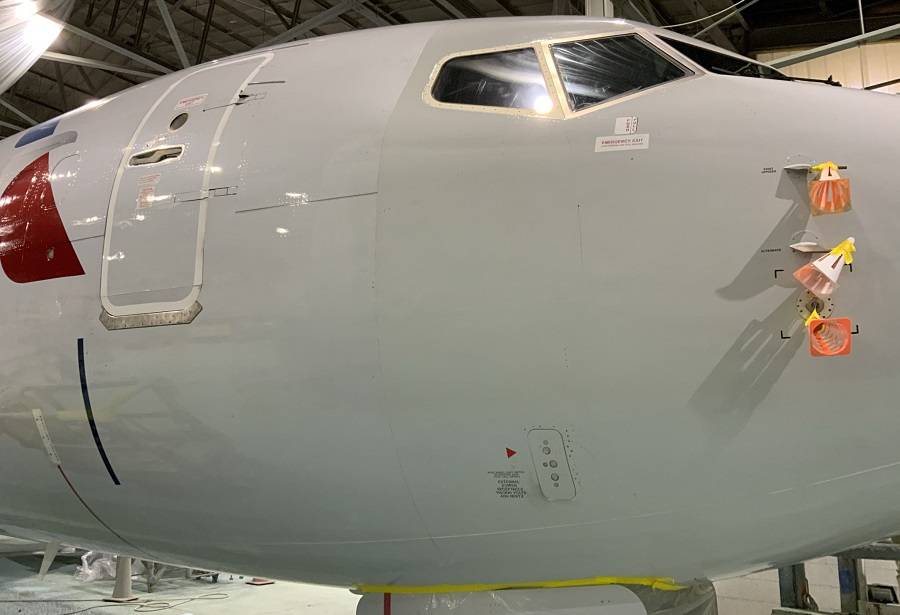
All this means that the cost of washing, inspecting, repairing and repainting a painted plane is $32,000 per year. But the cost of washing, cleaning, polishing and repairing a polished plane, works out to $92,000! And that is obviously why such finishes are so rare these days. They still exist, though. That’s because, frankly, this aircraft paint thing, is a bit overblown…
Some Much-Needed Context
The fact is, the additional cost in polishing a fleet is a very small amount of the total operating cost of an aircraft. Boeing estimates it between 0.06% and 0.30% higher, compared to an aircraft with a regular paint finish. And this explains why American took so long to abandon its bright, shiny finishes. The added cost is low enough for them and others to simply chuck it down to brand identity…
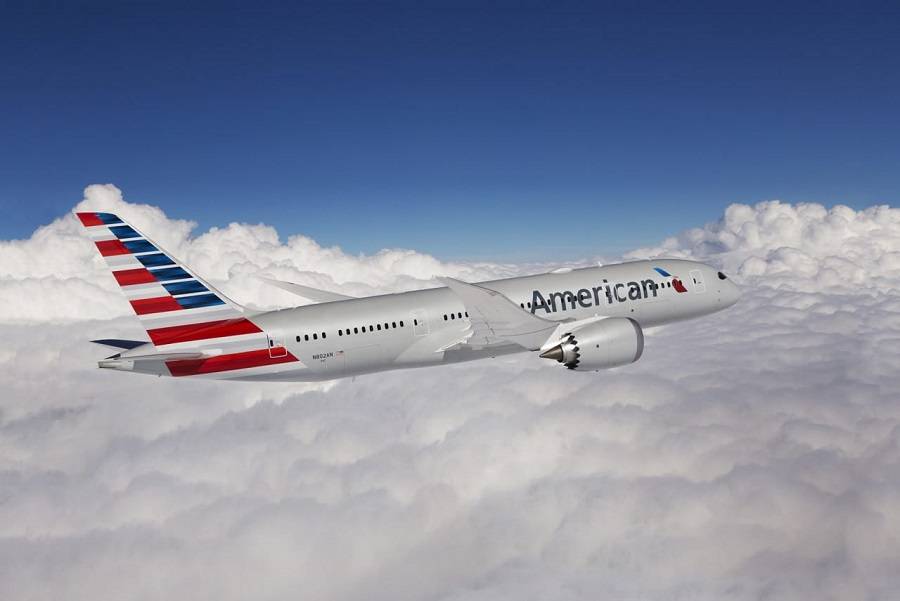
Finally, there’s another itty-bitty reason why polishing newer aircraft might not work: composites. Planes like the 787 and the Airbus A350 have fuselages made of composite materials. There really isn’t any alternative to paint, for these aircraft. And beyond these two jets, many others have large sections of composite materials as well. So even with a polished finish, very large sections of them would require paint. And paint made to look like polished metal, is extra heavy.
So, now you know. We all like to see a plane with a polished finish every once in a while. But when mechanics see these beautiful aircraft they give out a sigh, for all the extra work it takes, to keep them looking pretty!




1 comment
Andre T
So to save weight do airlines hire skinny pilots and cabin crew? Do they encourage flight crew to maintain a lighter weight? Seems if they are that concern with paint weight, there is more bang for buck having a lean flight crew.